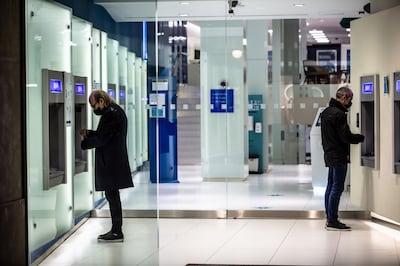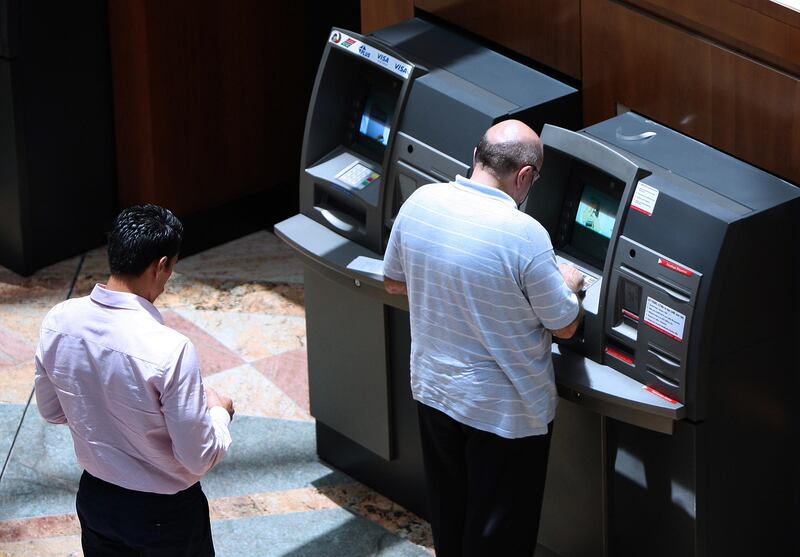Bank mergers and acquisitions happen regularly and can lead to streamlined services and better offerings for consumers but they can also sometimes create challenges, such as reduced access to branches or customer service difficulties.
If your bank is merging or being acquired, it will probably try to make the transition process of moving your account as frictionless as possible. But if the new bank does not have the services and features that you need, you’ll probably want to shop around for another bank.
How to handle changes with your bank
For the most part, the best way to handle changes to your account after a merger is to be patient, weigh your options and keep track of any new debit cards or documents that your new bank sends you.
With a merger, your bank will typically not close your account and will work with you to get set up as a customer of the new bank.
“Mergers give banks the opportunity to expand horizontally and vertically faster and more efficiently,” says Francisco Alvarez-Evangelista, adviser at the financial analysis company Aite-Novarica Group.
“More likely than not, they want to keep your business and they’re going to do their best to make sure the customer experience stays consistent.”
Your bank will consolidate customer accounts under the new brand and will communicate anything you need to do, such as setting up new login information or updating autopay and direct deposits with your new routing and account numbers.
Mr Alvarez-Evangelista predicts that bank mergers will continue to be common in the near future as banks try to be more competitive.
Common challenges
When banks merge, the new bank may opt to close branches, which can make it harder for some customers to use in-person services.
For instance, the Federal Reserve reported in December 2021 that the number of bank branches in the US was already steadily declining in the decade before the Covid-19 pandemic, but the pandemic encouraged banks to become even more online-friendly. Many offered more remote customer service options and closed branches.

Users can also experience transition issues that might make it difficult to stick with their bank after a merger.
This includes complaints about technical problems, long customer service wait times and the loss of savings and budgeting features.
Azlo, a small-business bank subsidiary owned by Spanish financial services company BBVA, closed. Financial blogger Garit Boothe says that Azlo recommended he move to another small-business bank called Novo.
The two banks made it relatively easy for him to transfer his money, but he says it was still a frustrating experience to get everything set up.
“I remembered to download my bank statements so that I would have records from my old bank. However, reconciling inflows and outflows from the old bank account versus transfers from one account to the other was a chore,” Mr Boothe says.
How to shop for a new bank
If you are unhappy with the direction your bank is taking after a merger, here are some factors to consider when researching a new bank.
Fees Monthly maintenance fees and overdraft fees should be major considerations when looking at new bank accounts.
Minimum balances Some banks require a minimum account balance to keep your account open, while others might require a minimum direct deposit amount to access certain features or to avoid monthly fees.
Interest rates Banks are starting to offer higher rates again, so shop around for the best interest rates before you decide to stick with your bank.
Branch access, ATMs and remote customer service If face-to-face customer service is important to you, you’ll want to opt for a bank that has branches near you. If you don’t need branch access, look for a bank with a large ATM network, a good ATM fee reimbursement programme and customer service options, such as online chat or extended business hours for phone support.






